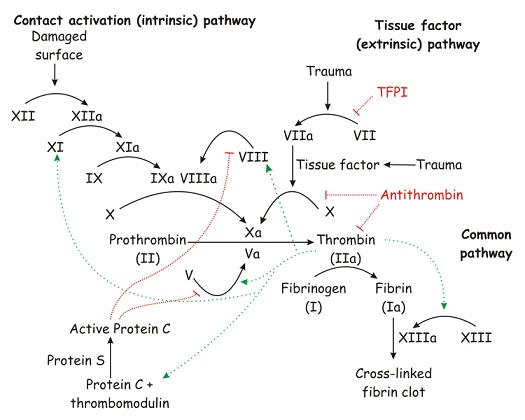
On the surface, that argument seems to offer a strong challenge to evolutionary theory. After all, if even one of the needed proteins in the cascade is missing, the whole system falls apart. How could it have evolved over time, then, if each protein is necessary for the system to work? Wouldn’t earlier versions have been useless and therefore not favored by natural selection?
However, in the case of the human blood-clotting cascade, recent evidence has shown that the system arose gradually over time, thanks to gene duplication. As Francis Collins notes in The Language of God, most of the components of the clotting cascade are related to each other at the amino acid sequence level. These similarities can be shown to reflect ancient gene duplications. Such duplications would have left a functioning version of the protein to serve its original purpose while at the same time allowing a new copy to gradually evolve to perform a new function. Over time, these small steps could converge into the complex system present in the human blood-clotting cascade.
Admittedly, we cannot precisely say the exact order of how the human blood-clotting cascade evolved. However, there is a difference between something being unknown and something being impossible.
Stay tuned to our blog and the BioLogos Web site in the coming weeks as we discuss in more detail the concept of irreducible complexity.

